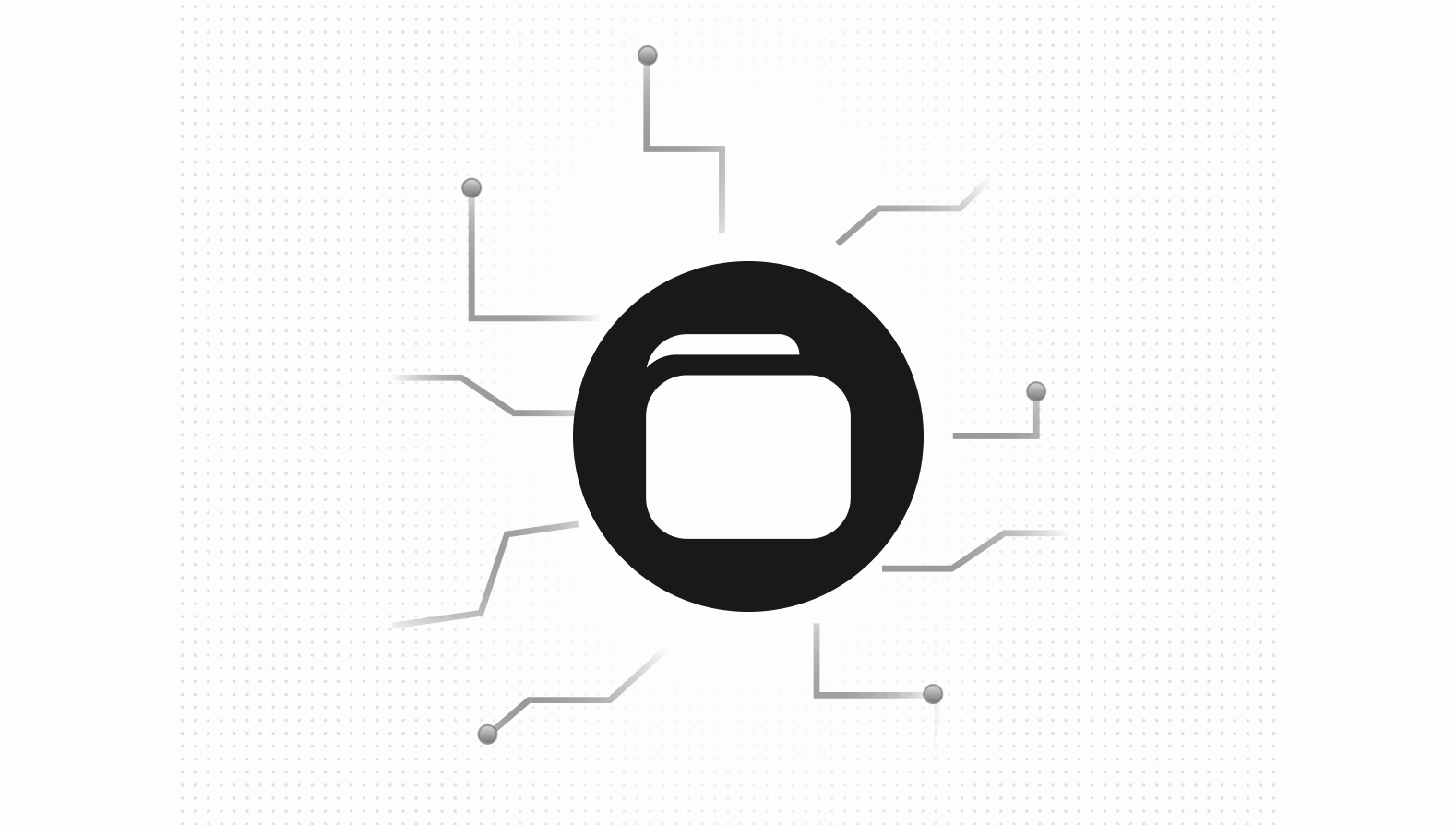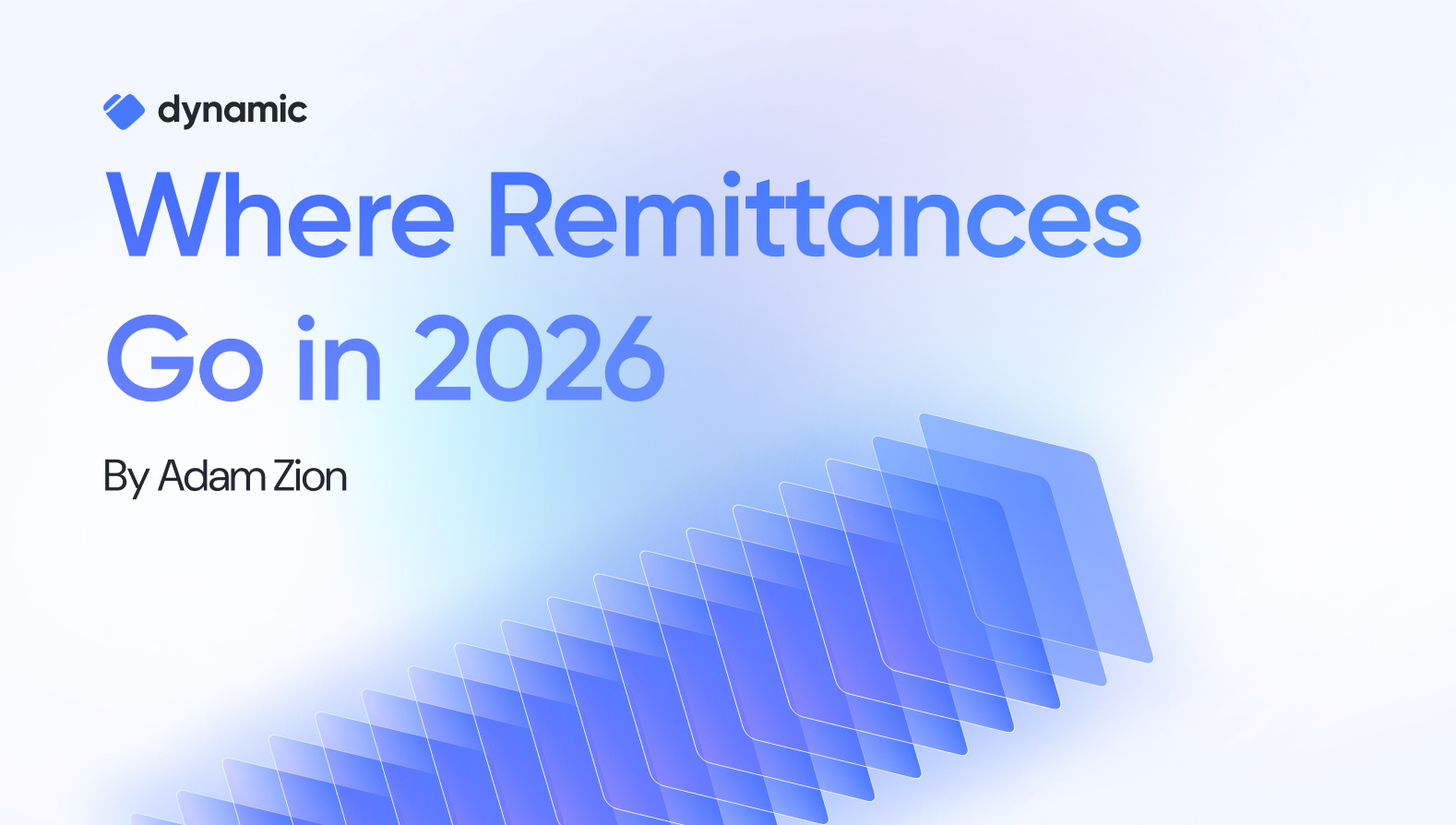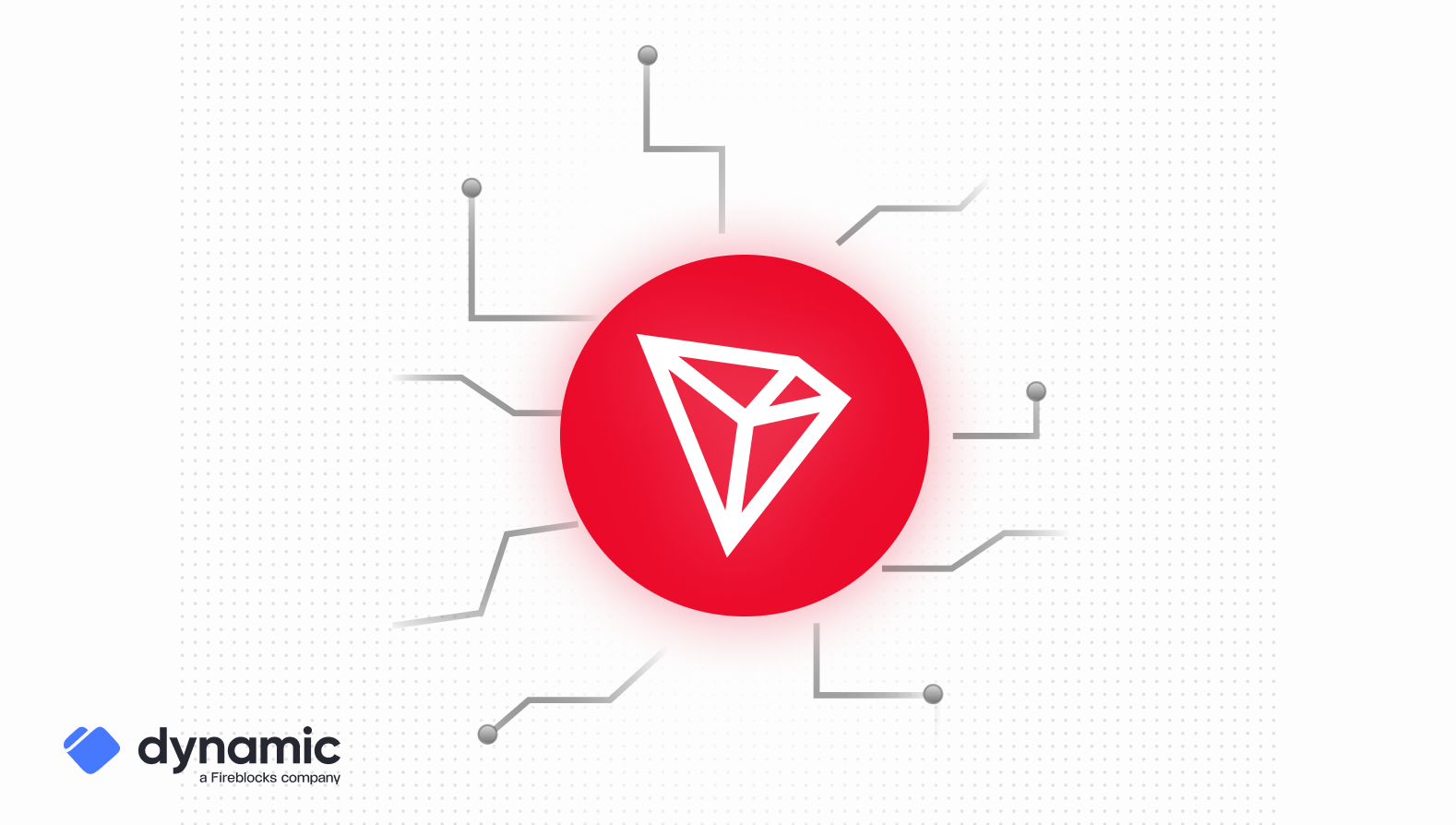How to Automate Stablecoin Wallet Flows With Dynamic’s Omnibus Sweeps


Stablecoin adoption is surging, and as teams ship global payments and commerce apps, they are running into a new set of operational challenges that emerge at scale. To keep up, developers must ensure predictable fund flows and work to reduce complexity. And while the backend gets more intricate, the frontend must get simpler.
To meet these demands, teams are looking for ways to automate the creation of deposit accounts, fund customer balances in stablecoins, and consolidate those balances into a single treasury. They also want to eliminate the need for users to hold gas tokens and remove the burden of funding transactions across countless wallets. This is where omnibus sweeps come in.
With Dynamic’s latest Node.js demo, developers can provision dedicated deposit accounts and sweep all balances into an omnibus account using server wallets, smart accounts, and gasless transactions. This implementation leverages Dynamic’s Node.js SDK and Pimlico paymaster integration on Base Sepolia.
Why the Timing for Omnibus Sweeps is Right Now
Omnibus sweeps work to solve two converging challenges. Stablecoins are entering the mainstream financial world, increasing the need for better wallet orchestration and treasury management. At the same time, developers are expected to deliver products that feel instant and globally accessible, where a payments stack that cannot abstract gas or scale efficiently will not work.
Omnibus flows combine these capabilities into a unified model that delivers four key benefits:
- Operational control: Treasuries can be managed from a single omnibus instead of tracking fragmented balances across thousands of deposit accounts.
- Gasless UX for customers: Transactions can be sponsored and executed without requiring ETH for gas.
- Programmable payment flows: Developers can build payout cycles, remittance loops, rewards, and balance management from a single orchestration layer.
- Scalability: Account creation and transaction flows can increase without adding complexity to the team or burden to the user.
How Omnibus Sweeps Work in Practice
This flow mirrors a centralized deposit system, much like how a centralized exchange or bank operates. Each user is provisioned with a deposit wallet (the 'server wallet' in our implementation). When a user sends tokens to this dedicated address, the funds are held temporarily before being consolidated into the central omnibus treasury.
These deposit accounts are secured by Dynamic's server-side multi-party computation (MPC) using a two-of-two threshold signature. This setup allows the application to autonomously manage and sweep the funds on a schedule without ever requiring the end user to sign the sweeping transaction, ensuring seamless consolidation.
Prerequisites
To try it yourself, you’ll first need to set up a few essentials in your environment:
- Node.js 18 or higher
- A Dynamic API token and environment ID
- A Pimlico API key for gasless sponsorship on Base Sepolia
- Embedded wallets enabled in your Dynamic dashboard
- Multiple embedded wallets per chain toggled on
With the above setup, you’ll need to clone this repository and copy the example environment file to .env. Then install dependencies with your preferred package manager.
Note: To properly test this setup without hitting rate limits, reach out to the Dynamic sales team for higher API limits or dedicated access.
Phases in Detail
- Wallet Creation: The script creates one omnibus wallet and a configurable number of dedicated deposit accounts. These are EVM embedded wallets secured with two of two threshold signatures. Wallet creation runs sequentially for clarity and auditability.
- Funding With USDC: Each dedicated deposit account receives a random USDC balance up to 1000 units. The mint is executed through a smart account with Pimlico sponsoring gas so the wallet never needs native tokens.
- Sweeping to the Omnibus: The script reads balances and transfers full amounts from each dedicated deposit account into the omnibus account. Transactions run with controlled concurrency to remain fast while respecting provider rate limits.
Key Components in the Example
- Dynamic server wallets for creating and controlling deposit accounts
- A LocalAccount adapter that allows Dynamic signatures to work with viem
- A 7702 smart account client for sponsored execution
- Pimlico paymaster integration
- Utility helpers for confirmations, token units, and explorers
Extending Omnibus Sweeps Beyond the Demo
Omnibus sweeps are more than just a demo, they’re a foundation for programmable payment infrastructure. Once you understand the basic flow, it’s easy to extend the orchestration logic to handle scheduled sweeps, conditional triggers, partial balance resolutions, or multi-token support. The same structure scales cleanly whether you’re managing ten wallets or hundreds of thousands.
To go deeper, explore the Dynamic docs and review the full Node.js example on GitHub. The future of stablecoin payments depends on reliable wallet orchestration and gasless execution. If you’re building a stablecoin product that needs smooth onboarding, operational control, and scalable treasury management, this is a pattern you can adopt today.
Share this article




